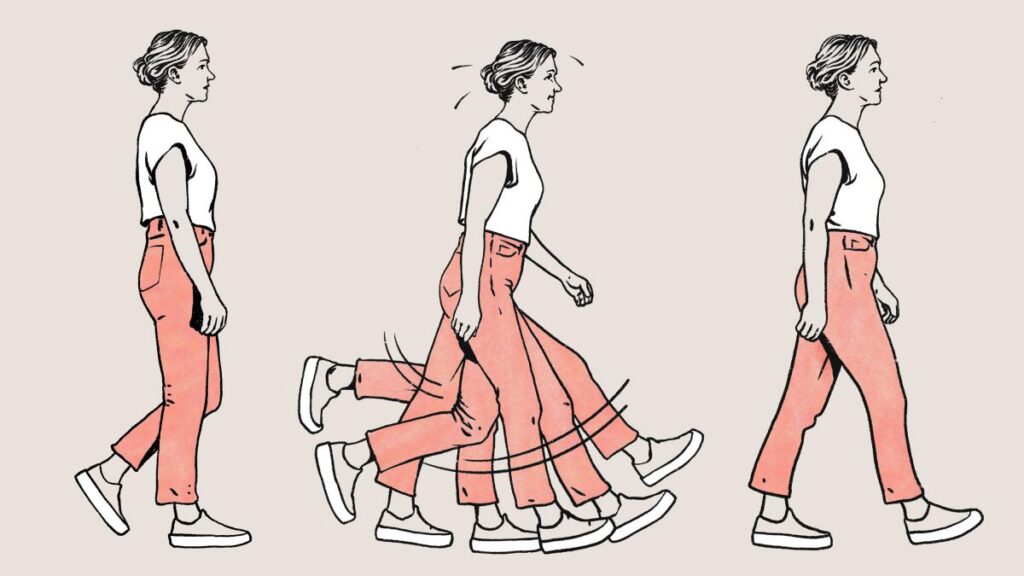Doctors at AIIMS are pointing to an unexpected alternative to the 10,000-step rule: Japanese interval walking. Research suggests this low-tech, time-efficient practice may not only improve cardiovascular health but also extend healthy lifespan—raising new questions about how much and how intensely we really need to walk.
From Tokyo to New Delhi: A Different Kind of Step Count
For years, the 10,000-step goal has dominated fitness trackers and health campaigns. But in Japan, scientists developed a different prescription: alternating brisk walking with slower recovery phases, three minutes at a time, for a half-hour session. Unlike continuous walking, this method—now being discussed at India’s premier medical institute, AIIMS—emphasizes rhythm and intensity over sheer distance.
Why Doctors Believe It Works
At AIIMS, gastroenterologists and physiologists point to striking health improvements among interval walkers: lower blood pressure, better heart function, improved stamina, and sharper metabolic efficiency. These findings echo Japanese trials where participants reported higher energy and reduced risk factors for lifestyle diseases. “It’s not about more steps—it’s about smarter steps,” one specialist noted.
International Research Adds Weight
Evidence from global studies underscores the claims. A Washington Post analysis described interval walking as more effective than moderate, continuous walking for boosting aerobic capacity and controlling blood sugar. A report in the Economic Times suggested the method could even reverse biological markers of aging, making individuals appear “ten years younger” in fitness terms. Health.com and other outlets cite additional benefits ranging from stronger bones to better mood and cognition.
A Fitness Philosophy for Busy Lives
The appeal lies in its simplicity. No gym, no treadmill—just supportive shoes and a safe path. For middle-aged and older adults in particular, it offers a gentler but potent alternative to running or high-intensity workouts. Researchers at Japan’s Shinshu University have gone so far as to link it to extended healthy lifespan, citing its impact on bone density and cardiovascular resilience.
Rethinking the Future of Walking
If interval walking continues to gain traction, it could challenge one of the most enduring health mantras of modern life: the 10,000-step target. Instead of endless counting, fitness may increasingly be measured by how we walk, not how far. For policymakers, health advocates, and ordinary walkers alike, the lesson may be clear—longevity is less about numbers on a pedometer and more about the rhythm of our stride.


